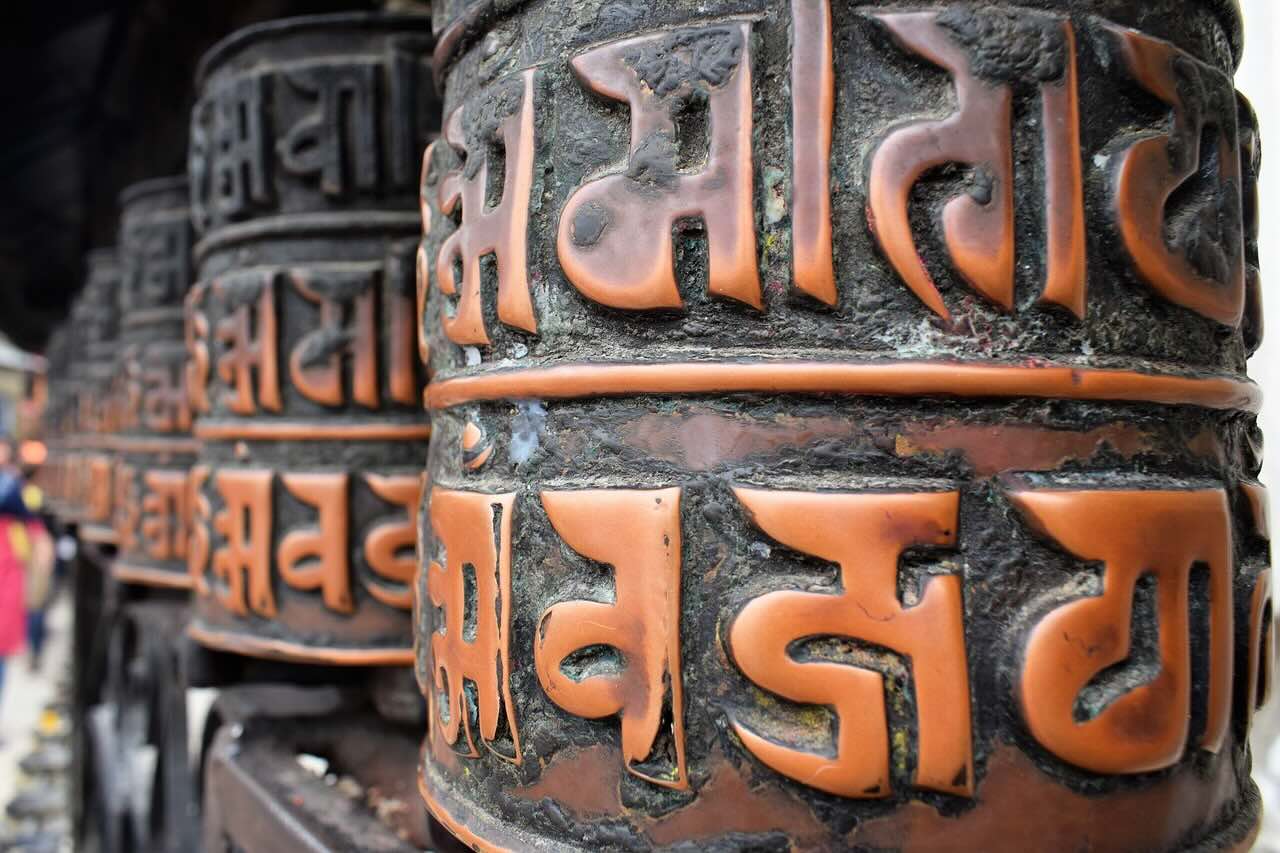Tibetan Buddhism places great importance on prayer wheels, also known as “mani wheels,” which have profound spiritual meaning and can be extremely useful instruments for improving one’s practice. These holy items are cylindrical wheels that practitioners spin to accrue merit and cleanse negativity.
The wheels are engraved with mantras and prayers. Prayer wheels have their origins in ancient India and were incorporated into Tibetan Buddhist traditions by early masters who saw their great potential to aid in the path to enlightenment.
Tibetan buddhist in Singapore preaches these wheels that represent the spread of wisdom and caring energy across the universe, benefiting all living things in the process. Here, we will examine the spiritual advantages of prayer wheels, their lengthy history, and how they promote compassion and awareness.
Historical Origins and Development
Prayer wheels have their roots in ancient India when they were initially used to facilitate the recitation of mantras. Later, early teachers like Padmasambhava introduced these tools into Tibetan Buddhism, seeing that they may aid in spiritual growth.
Moreover, over the centuries, prayer wheels have undergone many material modifications, including stone, metal, and wood, in their design and use. Sacred mantras, such as “Om Mani Padme Hum,” which is the mantra of Avalokiteshvara, the Bodhisattva of Compassion, are etched on each wheel.
Additionally, prayer wheels have been deeply woven into the cultural and spiritual fabric of Tibetan Buddhism, as seen by their historical evolution, which also shows how important they have always been.
Symbolism and Spiritual Benefits
In Tibetan Buddhism, prayer wheels have a deep symbolic meaning that symbolizes the never-ending cycle of life, death, and reincarnation. It is said that spinning the wheel releases the benefits of the mantras inside, dispersing good vibes and clearing negativity.
It is stated that by accumulating merit, this practice aids practitioners in advancing toward enlightenment. Moreover, powerful prayer is possible even for individuals who are unable to chant vocally, as each turn of the wheel corresponds to saying the imprinted mantra.
The repetitive action encourages attention and inner serenity by inducing a contemplative state. Additionally, practitioners can enhance their spiritual practice and feel a stronger connection to the teachings of Buddhism by comprehending and interacting with the symbolism of prayer wheels.
Enhancing Mindfulness and Compassion
Spinning a prayer wheel is a meditation technique that improves awareness and fosters compassion. Practitioners experience heightened awareness and presence as they concentrate on the motion of the wheel and the repetition of the mantra.
Moreover, this attentive activity fosters inner tranquility, lowers stress levels, and quiets the mind. In addition, the mantra “Om Mani Padme Hum” captures the spirit of wisdom and compassion. Through the prayer wheel, practitioners continually repeat this mantra, reinforcing these traits within themselves and cultivating compassion for all living things.
Types of Prayer Wheels and Their Uses
There are many kinds of prayer wheels, and they all have different functions and focus on different facets of prayer.
The most popular type of prayer wheels are handheld ones, which practitioners can spin while engaging in daily tasks or meditation.
Monasteries and pilgrimage routes often have large, stationary prayer wheels meant to be turned by passing pilgrims.
Also, there are prayer wheels made of fire and water that increase the strength of the prayers because they are driven by natural forces.
Every kind of prayer wheel has special advantages and can be used in many ways. Hence, by being aware of these differences, practitioners can select the style that best fits their requirements and circumstances in terms of spirituality.
Integrating Prayer Wheels into Daily Practice
Including prayer wheels in one’s daily routine can have a significant positive impact on their spiritual development. To begin, practitioners might set aside a short period of time each day to focus on the mantra, spin a portable prayer wheel, and practice mindfulness.
Moreover, by including this easy activity in meditation sessions, movement, and silence can be combined in a potent way. Furthermore, going to monasteries or other places of worship with big prayer wheels can be a group activity that is quite absorbing.
Additionally, digital prayer wheels are accessible for individuals who do not have access to real ones, enabling a contemporary take on this age-old tradition.
Wrapping Up
In Tibetan Buddhism, prayer wheels have profound spiritual, historical, and symbolic meanings that go beyond their actual appearance. These holy implements provide a concrete way to interact with the profound lessons of Buddhism, encouraging spiritual development, mindfulness, and compassion.
Prayer wheels can be transformed, and their potential is completely realized by practitioners who grasp their symbolism, history, and variety of applications.
Hence, including prayer wheels into everyday practice offers a special chance to develop a more compassionate and aware life that benefits both the individual and the community.







